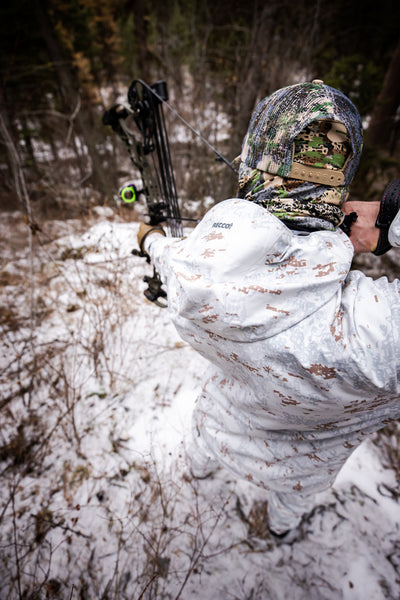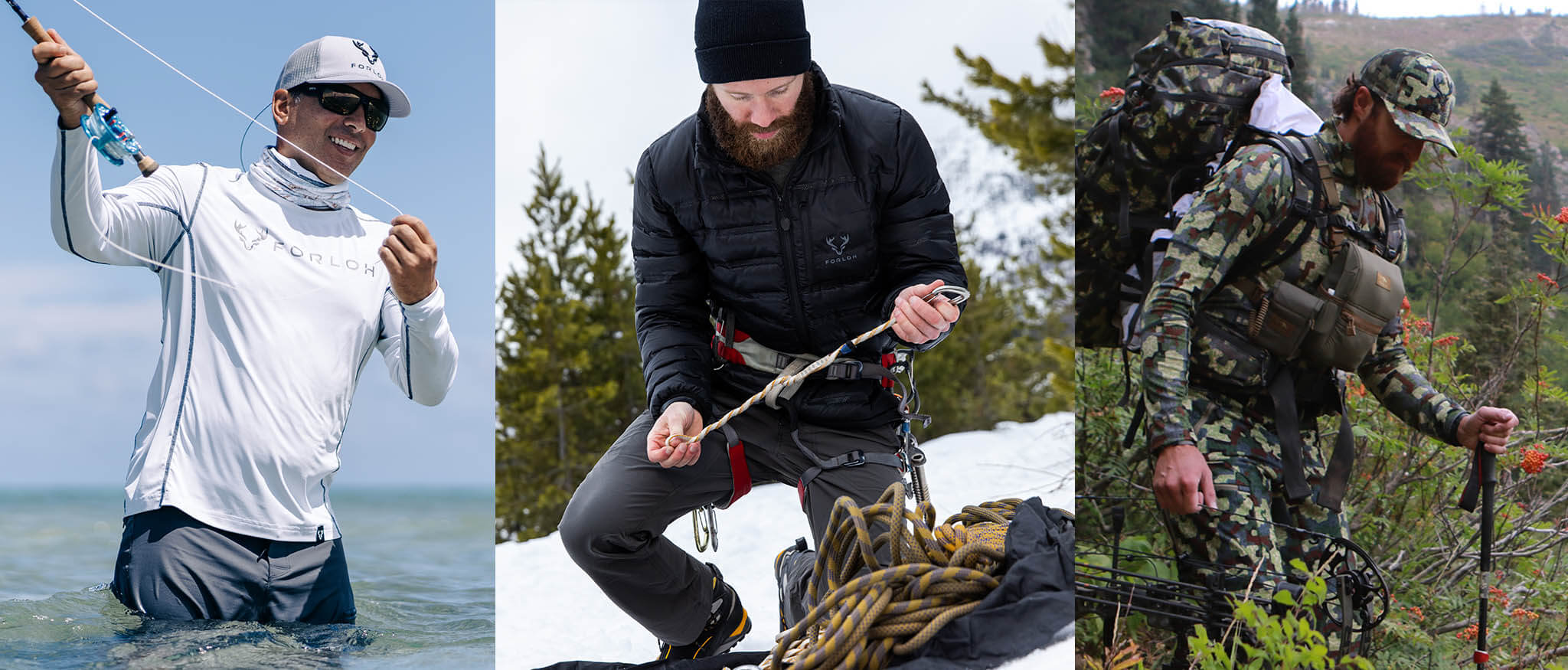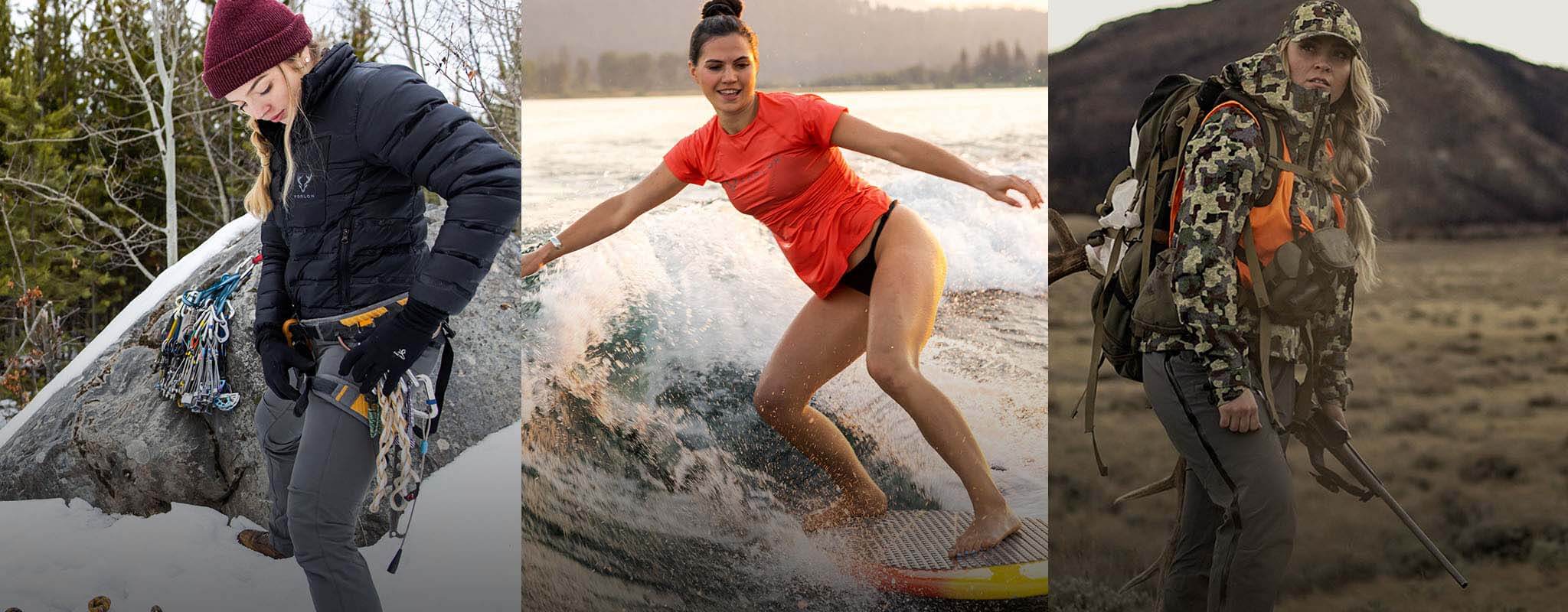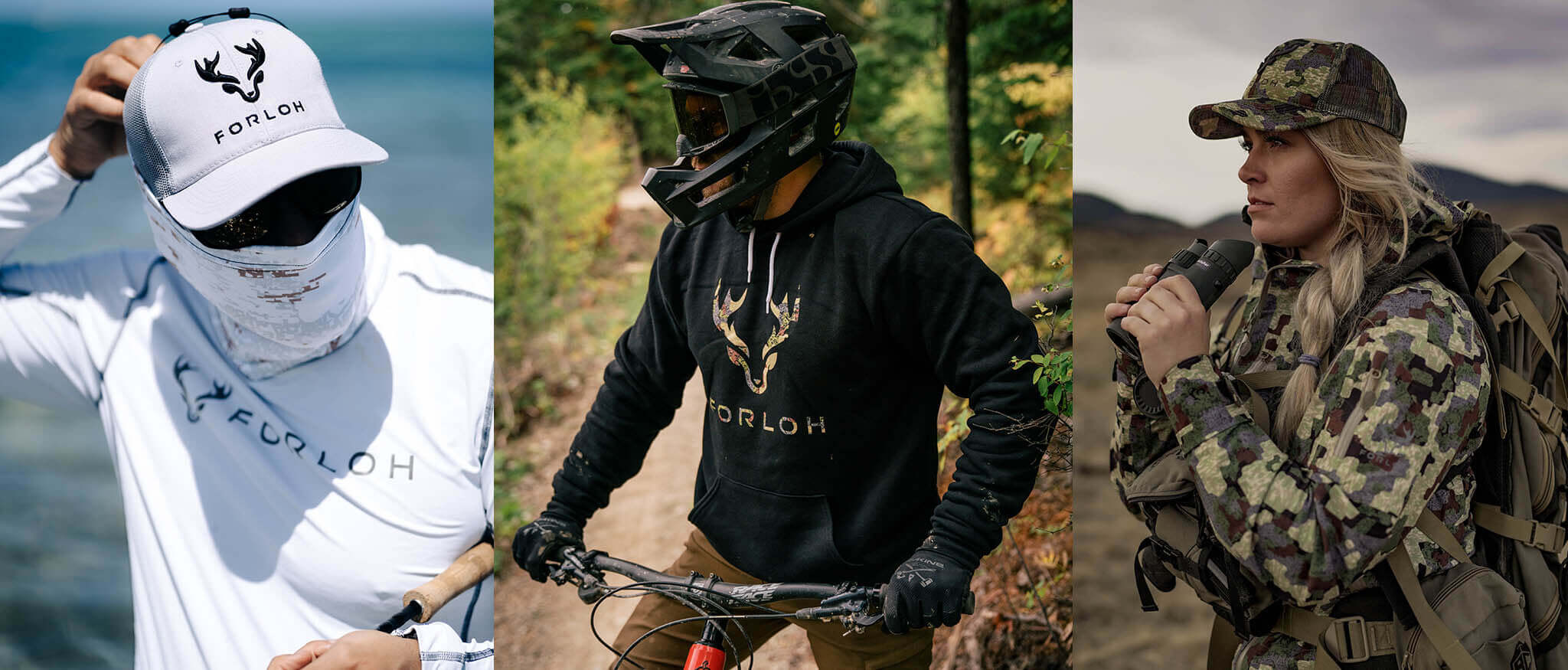Tips and tricks from RECCO advocates on how hunters can reduce their personal risk
Last January, three skiers were exploring a steep couloir in the Swiss Alps above the central town of Jaun when an avalanche ripped loose and buried one of the men. There was no sign of the skier when search and rescue arrived on the scene by helicopter, and none of the trio was equipped with an avalanche transceiver to help in finding them. Nevertheless, the rescuers quickly pinpointed the victim’s location and, after 40 minutes of digging, extricated the 22-year-old alive from beneath 10 feet of snow.
What saved the skier’s life was RECCO. Now this unique technology also offers safeguards in other emergency situations beyond avalanches, like people getting lost or injured in the backcountry.
Developed in the early 1980s, RECCO technology is an analogue radar system designed to help with the quick and accurate location of those equipped with it. The two-part system consists of a detector, which emits directional radar pulses tuned to a set frequency, and reflectors, which echoes back that pulse to the detector. The closer the detector gets to the reflector the louder the echo becomes (sort of like kids playing Marco Polo in the pool), thereby allowing the detector to home in on the location. The signal transmits up to 330 feet through the air and 65 feet through snow.
What sets the system apart from other safety and rescue technologies is that RECCO reflectors are completely passive, meaning they work without any activation or user input. In Switzerland, rescuers found the buried skier, who was completely immobilized in snow, because a reflector in his jacket pinged the detector. “I wear RECCO reflectors every day, no matter what I’m doing,” says Ted Steiner, a search and rescue professional and avalanche safety consultant. “There’s uncertainty in everything I do, and I like knowing that no matter what happens I have this last line of defense.” The postage stamp–size reflectors are inexpensive, diminutive, and virtually indestructible, which makes it easy for manufacturers to insert them into apparel. FORLOH is the first hunting brand to use RECCO technology, which is available in the AllClima Soft Shell, AllClima Rain Jacket, and Airalite Rain Jacket as well as our Method Pack System.

Thanks to increasing acceptance of and developments in the technology, RECCO has expanded from a tool focused largely on ski resorts and avalanche mitigation to outdoor rescue. “Though the original reflectors from 1983 still work with the system today, improvements in search range and how the detectors are deployed has made this indispensable for wilderness rescue,” says Daniel “Howie” Howlett, RECCO’s director of training and technical support in North America.

More than 230 search and rescue groups in North America are equipped and trained in RECCO, and Howie says that new, improved helicopter-mounted detectors are the real game-changers. With the 170-pound RECCO SAR detector mounted to either a hoist or a long line, helicopters can paint a search zone of over 300 feet across as they fly, covering a square mile of mountains and forests in around eight minutes. “It has the potential to make searches quicker” says Howie, “which not only improves the chances of survival for a lost or injured person but also cuts down the time and risk to search and rescue workers in the field.” Six RECCO SAR Helicopter Detectors are placed in North America. Four in the USA currently employ this helicopter technology, including Whitefish, Montana-based Two Bear Air Rescue, and two in Canada. Howie expects many more to follow.
Ted Steiner, who has been hunting his whole life, hails FORLOH’s use of the technology. “You talk to any Search and Rescue in the country, and they will tell you that hunters are a big part of our business,” he says. “Given the remote country we travel in and the sometimes risky nature of what we do, being equipped with RECCO should be as basic a choice for hunters as carrying a bow or a rifle.”
Howie and Steiner suggested the following checklist for hunters looking to stay safe in the backcountry:
1) Make a plan. The better educated you are about where you are going, the less likely you’ll be to run into unexpected problems or get lost. Well before your trip, spend time poring over maps, thinking about the demands of where you’re headed so you bring the right gear, and considering alternate routes and weather contingencies. “When it comes to being in the outdoors, knowledge is your number one ally,” says Steiner. “The more trained and skilled you are, and the more you know about where you’re headed, the less vulnerable you will be.”
2) Share the plan. Make sure someone at home knows exactly where you are going and how long you plan to be there. Be as specific as possible, leaving maps and written directions. Be sure to also communicate if you’ll be in contact or not and, importantly, when you plan to be home. “It’s important that everyone going into the wilderness be prepared to be self-sufficient,” Steiner says. “But those back home are also an important line of defense.” Detailing a clear plan to friends and family allows them to know as soon as possible if something has gone wrong and to help focus resources in case of emergency. Some outdoorsmen go as far as leaving a note with their likely location visible in their vehicles, though Steiner says he prefers to just drop waypoints to friends and family in advance or along the way.
3) Make use of all available tools. RECCO is a critical aid to have in your toolbox, but it’s only one of many. Technology has made navigating in and communicating from the backcountry easier than ever. Both Steiner and Howie suggest carrying a full-charged smart phone with mapping software such as OnXMaps or Gaia GPS and, ideally, an emergency position-indicating radio beacon such as a Garmin InReach or Spot Tracker. And don’t forget some sort of backup power source (and charging cable), for instance GoalZero’s handhelds. But, Howie stresses, technology is no substitute for knowledge and proper preparation. “All these new tools are important and convenient,” he says, “but in the end your most important tool to take hunting is your brain.”
4) More RECCO reflectors the better. RECCO signals don’t transmit through water. Since the human body is composed of some 60 percent water, Howie says it’s helpful to wear more than one RECCO reflector. If you end up face-down and unconscious and your reflector is underneath your body, it’s possible that the reflected signal back to the detector could be weakened. RECCO reflectors in jackets are installed on sleeves, the brim of non-removable hoods, and the back of the collar. By wearing multiple reflectors—one on a jacket and another on a pack, for instance—improves the odds of detection. RECCO will offer standalone reflectors in the future that can be attached strategically to gear.
5) Put a RECCO sticker on your vehicle. If you have RECCO, place one of the company’s logo stickers on your vehicle. That way if you go missing or there’s an emergency, any search and rescue team that comes across your car will know to deploy RECCO detectors in their search. Several years ago, Two Bear Air spent several days searching with RECCO for a lost hiker they believed to be using RECCO, but when they eventually found him it turned out he didn’t have the reflectors after all. “The most important thing is to have RECCO,” Howie says. “It’s really helpful if people know you have it, too.”








